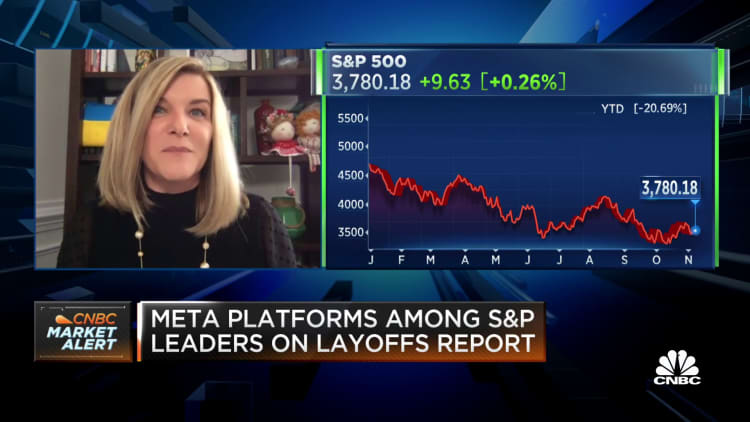After a rough year for the stock market, investors may not expect to receive a surprise tax bill from year-end actively managed mutual fund payouts, experts say.
When a fund manager sells underlying assets at a profit without losses to offset it, those gains are passed along to investors. The profits are taxable to investors when received in a brokerage account.
While the S&P 500 is down more than 20% for 2022, many funds started the year with previously embedded gains, according to Morningstar. And some fund managers sold profitable underlying assets as money has continued shifting from active to passively managed funds.
As a result, some investors may see year-end mutual fund distributions, despite stock market losses in 2022, the report found.
More from Personal Finance:
How to use pay transparency to negotiate a better salary
6 health insurance terms you need to know as open enrollment begins
What the Fed's fourth 0.75 percentage point rate hikes means for you
"It's a double whammy," said Tommy Lucas, a certified financial planner and enrolled agent at Moisand Fitzgerald Tamayo in Orlando, Florida.
While you'll owe long-term capital gains taxes of 0%, 15% or 20% for assets held for more than one year, you may also owe regular income taxes for investments owned for less than one year.
Lucas said mutual fund payouts often "slip under the radar" and need to be included as part of an investor's year-end tax planning.
When to expect year-end mutual fund payouts
Typically, mutual fund payouts happen once per year, by mid-December, after funds announce estimates in late October or early November, explained Stephen Welch, a manager research analyst at Morningstar.
After receiving a mutual fund's estimate, you have until the "date of record," or the last day to be listed for a payout, to make ownership changes.
Morningstar's report covers current distribution estimates for some of the larger funds, with more updates coming in mid-November.
Consider tax-loss harvesting to reduce capital gains
Many investors didn't expect year-end mutual fund distributions in 2021, said Jim Guarino, a CFP, CPA and managing director at Baker Newman Noyes in Woburn, Massachusetts.
"I know that a number of my clients were just absolutely blown away," he said.
But this year's market decline may offer a silver lining — the opportunity to offset profits with losses, known as "tax-loss harvesting" — assuming you know your complete tax situation and take action by year-end, said Guarino.
"You've got to build in that variable," he said, noting that it's too late to reduce your capital gains taxes for 2022 once you start receiving tax forms from brokers in January or February.



